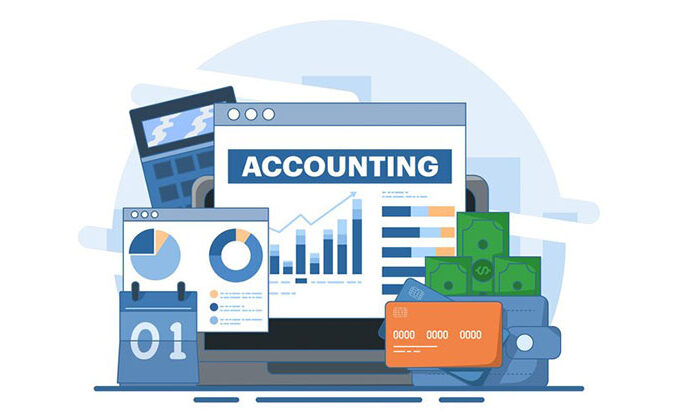Vertical analysis is a type of analysis of financial statements in which every line item appears as an amount of an initial figure on the same financial statement. The base figure is usually presented first, and then in 100%, and every other item is expressed as a percentage of the base amount. This allows for the easy comparison of financial data across companies or over time.
What is Vertical Analysis?
Vertical analysis is a technique for establishing the percentage contribution from each item on a financial statement to its overall total in a particular statement, for instance.
- Financial statements often present items as percentages of total income.
- On a balance sheet, liabilities, assets, or equity are shown as percentages.
- On a balance sheet of cash flows, each line may represent a proportion of total outgoing or incoming cash outflows and receipts, respectively.
This technique makes it easier to compare businesses of various sizes and helps to identify certain patterns or problems in financial structure. Benchmarking or monitoring changes to cost structures, asset allocation or financing sources is especially helpful in this respect.
Why is Vertical Analysis Important?
Vertical analysis helps stakeholders better comprehend their account balances and performance relative to one another.
It provides business owners with an in-depth view of their financial health beyond simply knowing their assets, including liabilities, equity, and assets. By comparing the ratios of each account from interval to time, businesses can monitor fluctuations and use the data to guide strategic decisions, which can aid in financial planning.
Vertical analysis allows organizations to compare their performance against industry benchmarks.
Vertical Analysis vs. Horizontal Analysis
Vertical analysis (or common-size analysis) and horizontal analysis (also called the trend analyzer) is among the two most frequently employed tools in analysis of financial statements. Vertical analysis examines proportional representation for every item on your cash flow or balance sheet statements by using percentages as an expression of sales figures.
The horizontal analysis on the other hand, analyzes the changes in time across different aspects of the financial statements, including income, expenses and net profits. It’s done by comparing data from different years to find patterns. Analyzing business performance over time is crucial in understanding if its performance is improving or declining due to factors like competition pressure or new product releases. Through both horizontal and vertical analyses, business owners gain a better grasp on their financial situation and performance.
Also read: Client Bookkeeping Solutions: Improve Business Efficiency
Advantages of Vertical Analysis
The advantages of a vertical analysis are:
- One can quickly evaluate the size and relative importance of different lines on a financial statement across periods.
- One can detect critical trends such as sales expansion or contraction and other vital aspects.
It assists in identifying potential problems which may be hidden beneath the surface, like cost increases without the corresponding increase in revenue. - Comparing different segments within an organization could also be accomplished quickly and with accuracy by using a vertical analysis because every segment’s expenses are outlined as a percentage of the total sales of the whole organization.
- Vertical analysis allows managers to easily identify which segments perform more successfully, helping them make informed decisions for optimal business operations.
Disadvantages of Vertical Analysis
The disadvantages of vertical analysis are:
- It’s not able give any information about the size of each products, which is why it may be incorrect when comparing two firms with different dimensions.
- It doesn’t consider the effects of inflation and other variables, which could cause fluctuations in the figures year-on-year.
- Vertical analysis does not give the most precise view of how an organization is performing overall because it only considers the individual components and their ratios in the financial statements.
- In addition, the transactions between related parties, like subsidiaries, are typically exempt from calculation due to the complexity of the accounting procedure.
Vertical Analysis Example — Income Statement
| Item | Amount ($) | % of Sales |
|---|---|---|
| Sales Revenue | 200,000 | 100.0% |
| Cost of Goods Sold | 120,000 | 60.0% |
| Gross Profit | 80,000 | 40.0% |
| Operating Expenses | 50,000 | 25.0% |
| Operating Income | 30,000 | 15.0% |
| Interest Expense | 5,000 | 2.5% |
| Net Income | 25,000 | 12.5% |
Note: Vertical analysis of an income statement involves representing every line item as a percentage of sales revenue (100%).
Bottom Line
Vertical analysis is an efficient tool for examining financial statements, offering businesses an in-depth assessment of their finances and performance. But its output must be used responsibly or else its output could become useless.
Integration of vertical analysis with other techniques, such as horizontal analysis, is vital in providing an in-depth picture of an organization’s financial health.















Leave a comment